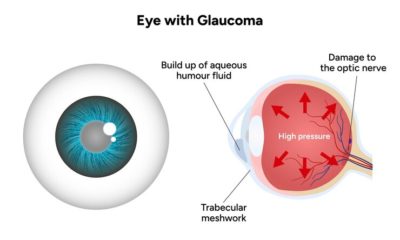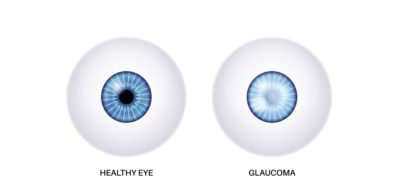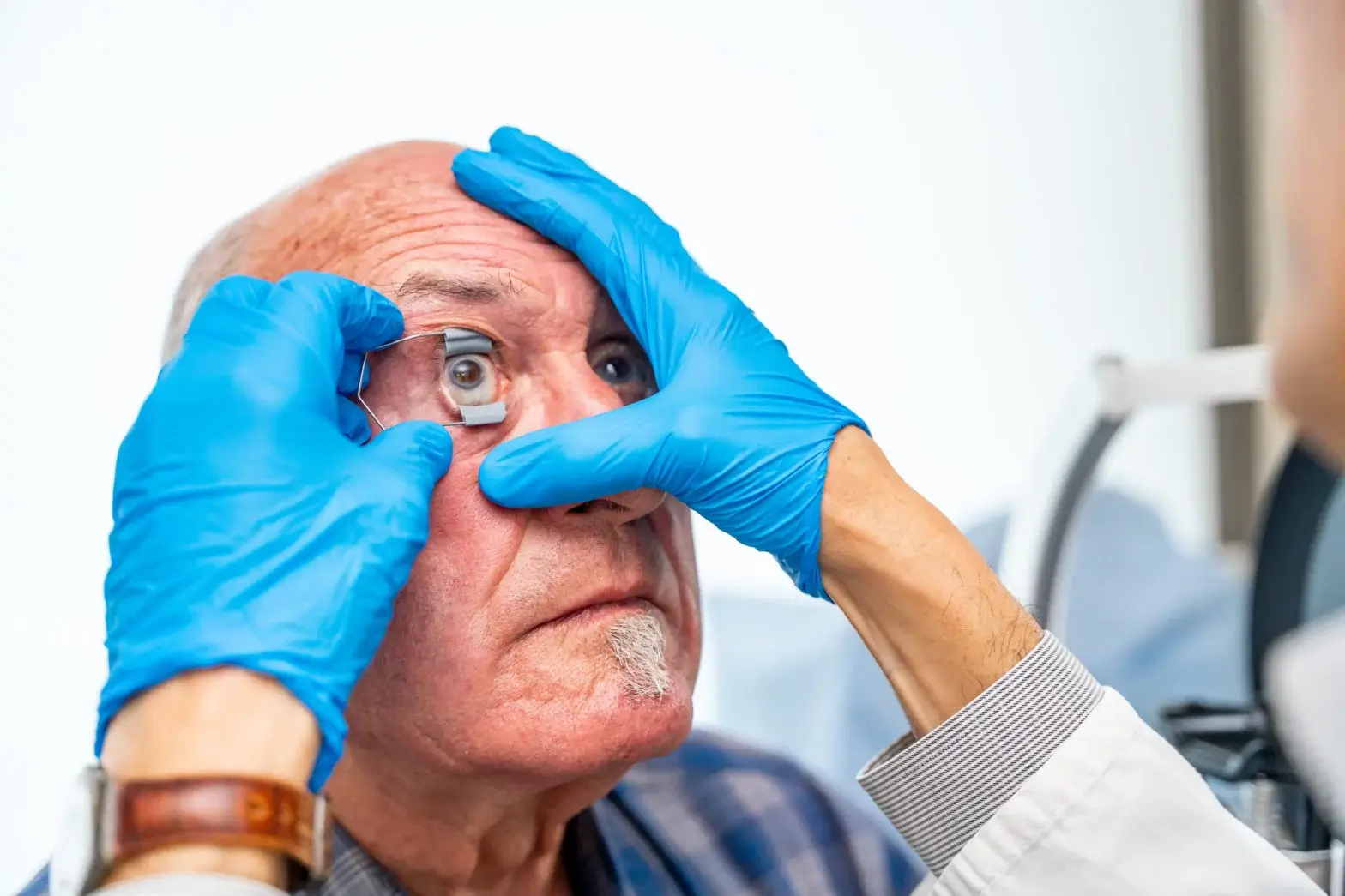Glaucoma is often called the “silent thief of sight” because it stealthily damages the optic nerve, often without early symptoms. Recognizing the signs can help preserve vision through timely intervention. This blog will guide you through understanding what glaucoma is, its early warning signs, and some intriguing facts about this eye condition.
What is Glaucoma?
Glaucoma is a group of eye conditions that damage the optic nerve, vital for good vision. This damage is often caused by abnormally high pressure in your eye and can lead to irreversible loss of vision if not treated promptly.
What is Usually the First Sign of Glaucoma?
The first sign of glaucoma can vary depending on the type of glaucoma, but generally, it is subtle and goes unnoticed without regular eye exams. However, in acute angle-closure glaucoma, a rare form, symptoms can include:
- Severe eye pain
- Nausea and vomiting (accompanying the severe eye pain)
- Sudden onset of visual disturbance, often in low light
- Blurred vision
- Halos around lights
- Redness of the eye
These symptoms require immediate medical attention to prevent permanent vision loss.
What are the Early Signs of Glaucoma?
For the more common types, such as open-angle glaucoma, the early signs can be less obvious. Here are some early indicators:
- Gradual loss of peripheral vision, usually in both eyes.
- Tunnel vision in the advanced stages.
Facts about Glaucoma
- Glaucoma is the second leading cause of blindness globally.
- In many cases, glaucoma doesn’t present early symptoms and doesn’t affect sight at first, which is why it’s so dangerous.
- Besides elevated eye pressure, risk factors include age (over 60), race (more common in African Americans, and at an earlier age), family history, and conditions like diabetes and heart disease.
- Eye exams are critical: Because early stages of glaucoma don’t usually result in pain or vision changes, regular comprehensive eye exams are crucial for early detection and prevention of major vision loss.
Early Detection and Treatment
Early detection through regular eye exams is vital. Treatments, including prescription eye drops, oral medications, laser treatment, or surgery, can help reduce the intraocular pressure and slow the progression of the disease.
Understanding “what is usually the first sign of glaucoma” and “what are the early signs of glaucoma” is crucial for catching the disease early and preventing severe consequences like vision loss. Make regular eye examinations a part of your routine and consult your eye care professional or visit Dr Agarwals Eye Hospital if you notice any changes in your vision. Stay vigilant about your eye health to keep the silent thief at bay and protect your vision.








